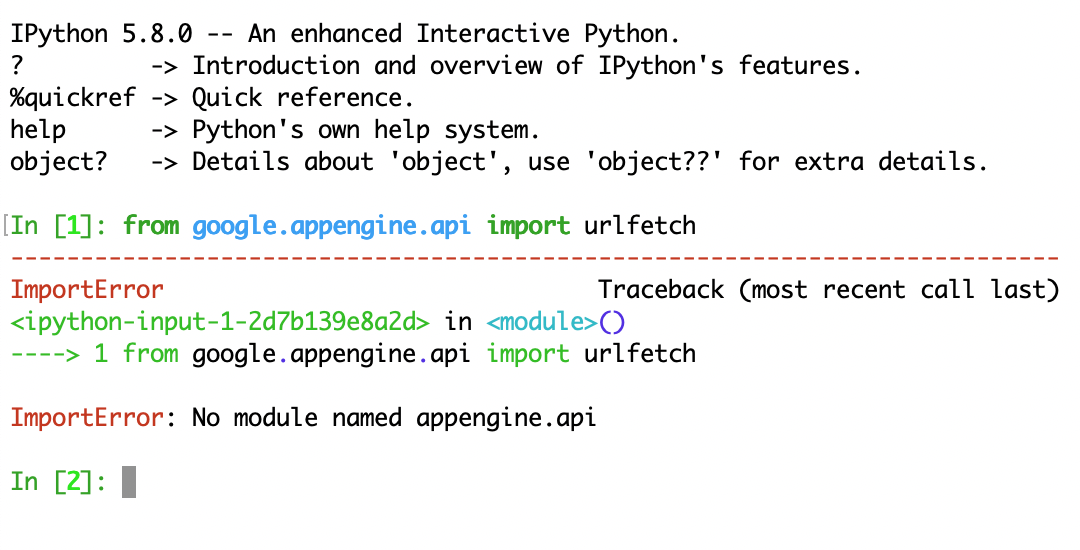

Your $HOME directory is private to you and cannot be accessed by other users. You can use your $HOME directory in persistent disk storage to store files across projects and between Cloud Shell sessions. Īfter Cloud Shell launches, you can use the command line to invoke the Cloud SDK gcloud command or other tools available on the virtual machine instance.

If it is not, you can set it with this command: gcloud config set project Ĭommand output Updated property.

It should only take a few moments to provision and connect to Cloud Shell. Here's what that one-time screen looks like: If that's the case, click Continue (and you won't ever see it again). If you've never started Cloud Shell before, you're presented with an intermediate screen (below the fold) describing what it is. From the Cloud Console, click Activate Cloud Shell.While Google Cloud can be operated remotely from your laptop, in this codelab you will be using Cloud Shell, a command line environment running in the Cloud.
#Google app engine sdk tutorial trial#
New users of Google Cloud are eligible for the $300 USD Free Trial program. To shut down resources so you don't incur billing beyond this tutorial, you can delete the resources you created or delete the whole project. Running through this codelab shouldn't cost much, if anything at all. Next, you'll need to enable billing in the Cloud Console to use Cloud resources/APIs.

If you're using a Google Workspace account, then choose a location that makes sense for your organization. Note: If you're using a Gmail account, you can leave the default location set to No organization. Even if a project is deleted, the ID can never be used again Learn more about all three of these values in the documentation.Ĭaution: A project ID must be globally unique and cannot be used by anyone else after you've selected it.
#Google app engine sdk tutorial how to#
How to update the code without taking the server down.How to create a simple Python server on Google App Engine.This tutorial is adapted from What you'll learn Although this sample uses Flask, you can use other web frameworks, including Django, Pyramid, Bottle, and web.py. In this codelab, you will learn how to deploy a simple Python web app written with the Flask web framework. You simply upload your application and it's ready to go. With App Engine, there are no servers to maintain. Google App Engine applications are easy to create, easy to maintain, and easy to scale as your traffic and data storage needs change.


 0 kommentar(er)
0 kommentar(er)
